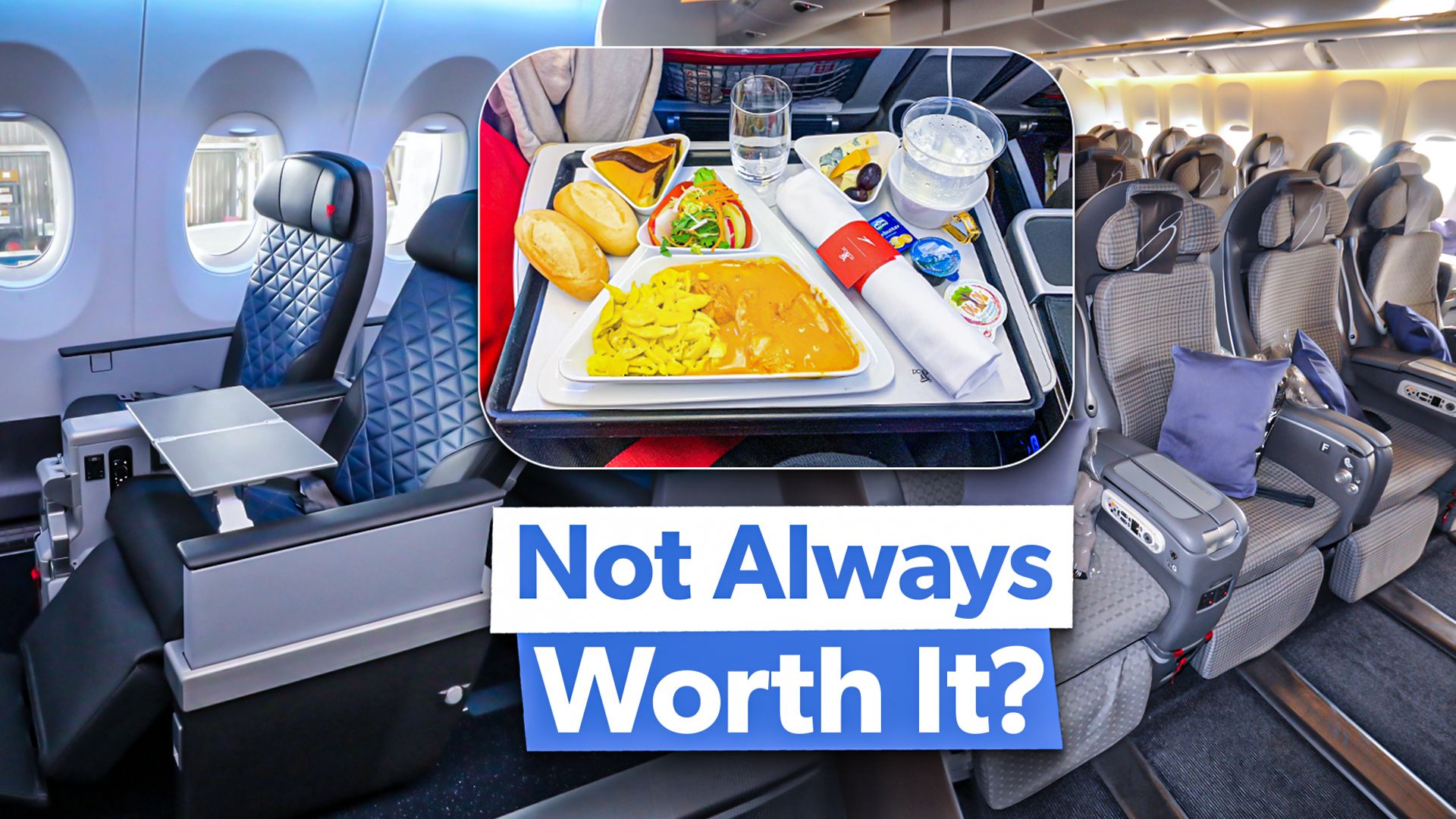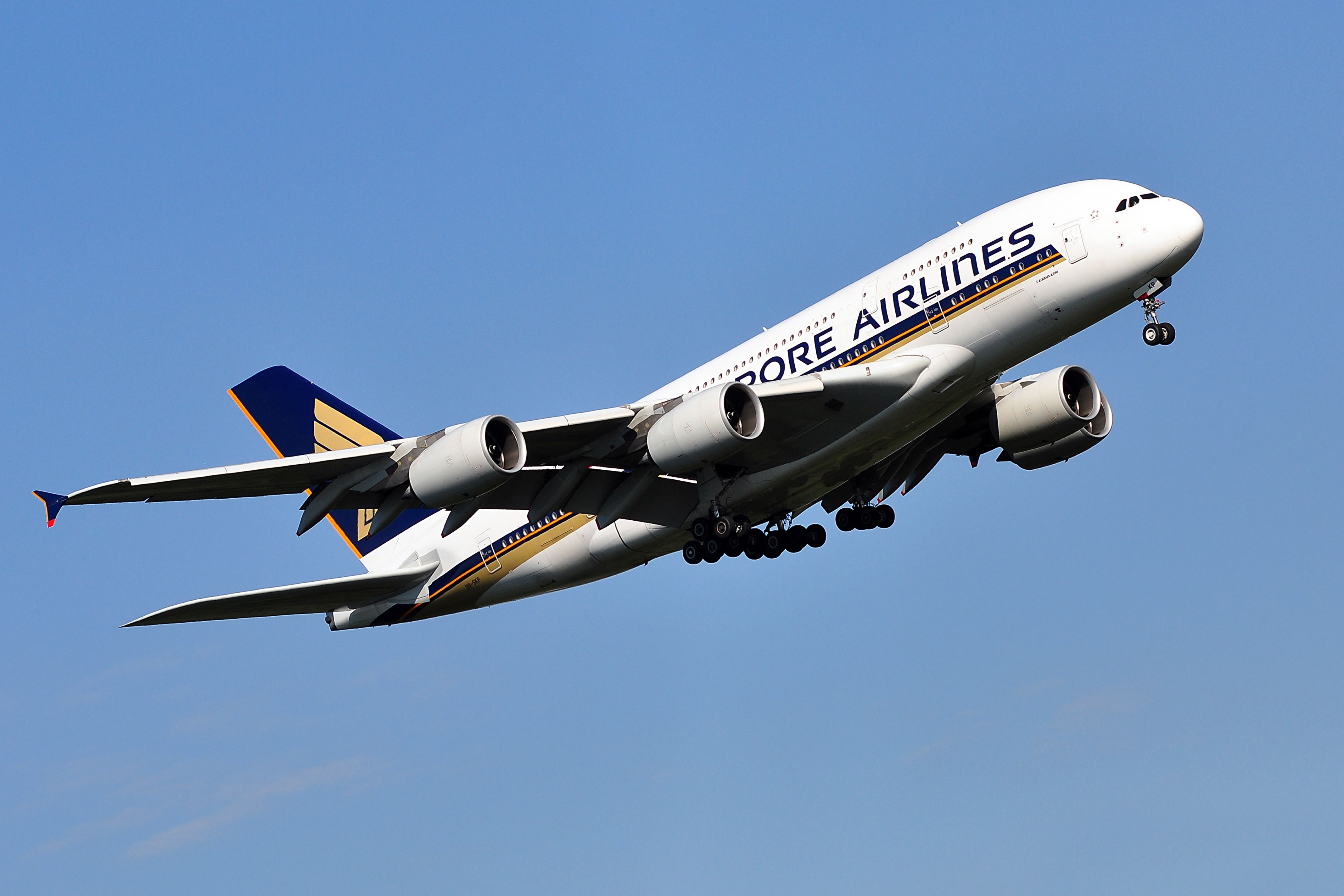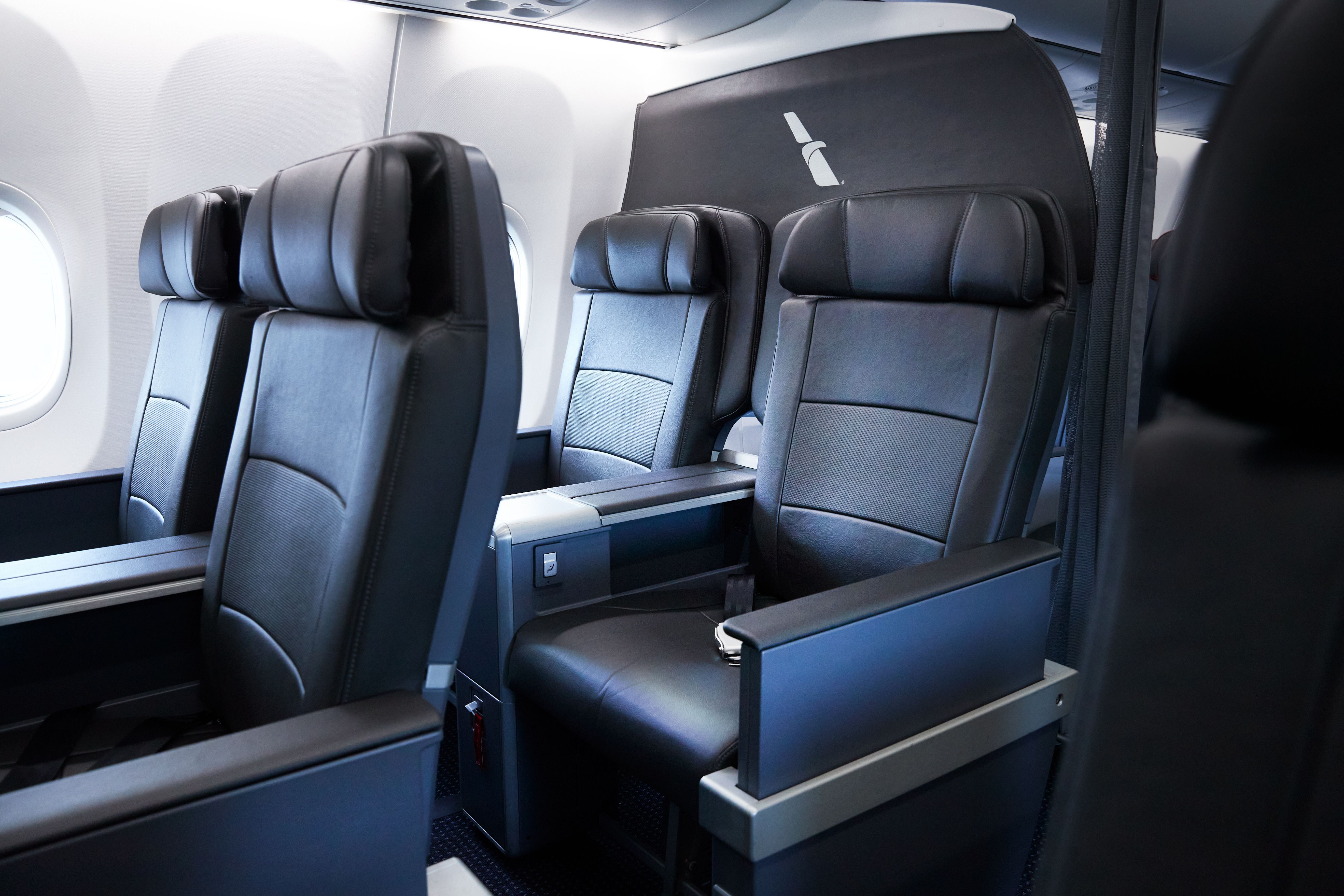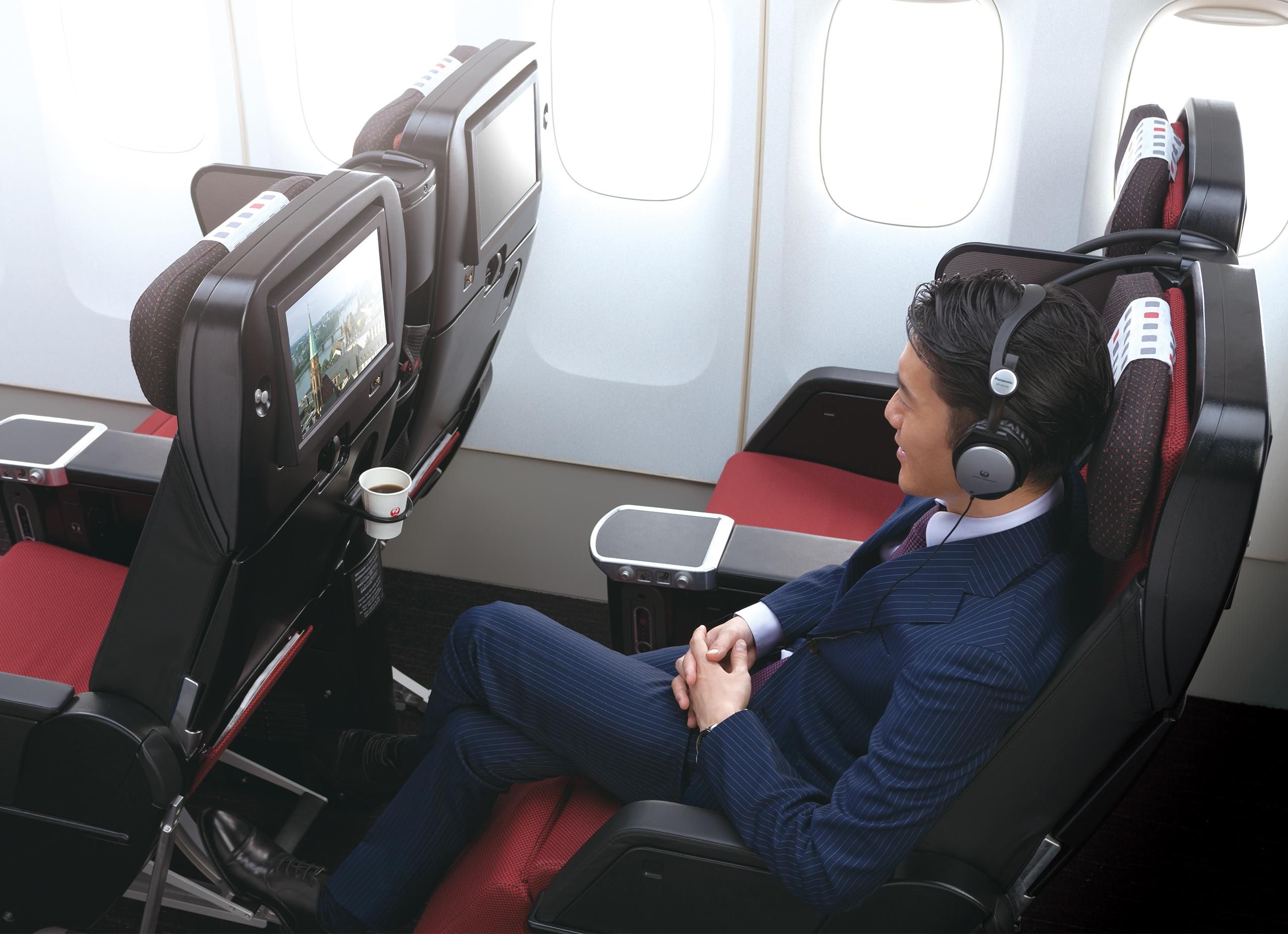Summary
- Premium economy offers more comfort with larger seats, better food, and refined service.
- Prices for premium economy tickets are typically two to three times the cost of economy.
- Extra perks like priority boarding and extra baggage allowance enhance the flying experience.
Premium economy was first introduced by the Taiwanese carrier EVA Air over 30 years ago, and the concept has experienced somewhat of a renaissance in recent years. Today, it is offered by many of the world's largest carriers, including Emirates, Delta Air Lines, Virgin Atlantic, Qantas, and Singapore Airlines, which have realized that there is a lot of money to be made in bridging the gap between economy class and business class.
Premium economy is not simply an economy class seat with more space. With larger seats, better-quality food, priority boarding, and more refined onboard service, premium economy provides a more comfortable and enjoyable flying experience. But are there any disadvantages to flying in premium economy?
Cost - is premium economy worth the money?
As with any flight booking, cost is one of the major factors to consider when deciding whether or not to splurge on an upgrade to premium economy. Prices vary by airline and flight, but passengers can typically expect to pay two to three times as much as an economy class ticket to fly in premium economy.
For example, in June, a round-trip economy class ticket from London Heathrow Airport (LHR) to New York John F. Kennedy International Airport (JFK) costs $683 with Virgin Atlantic. The same round trip in premium economy costs $1427.
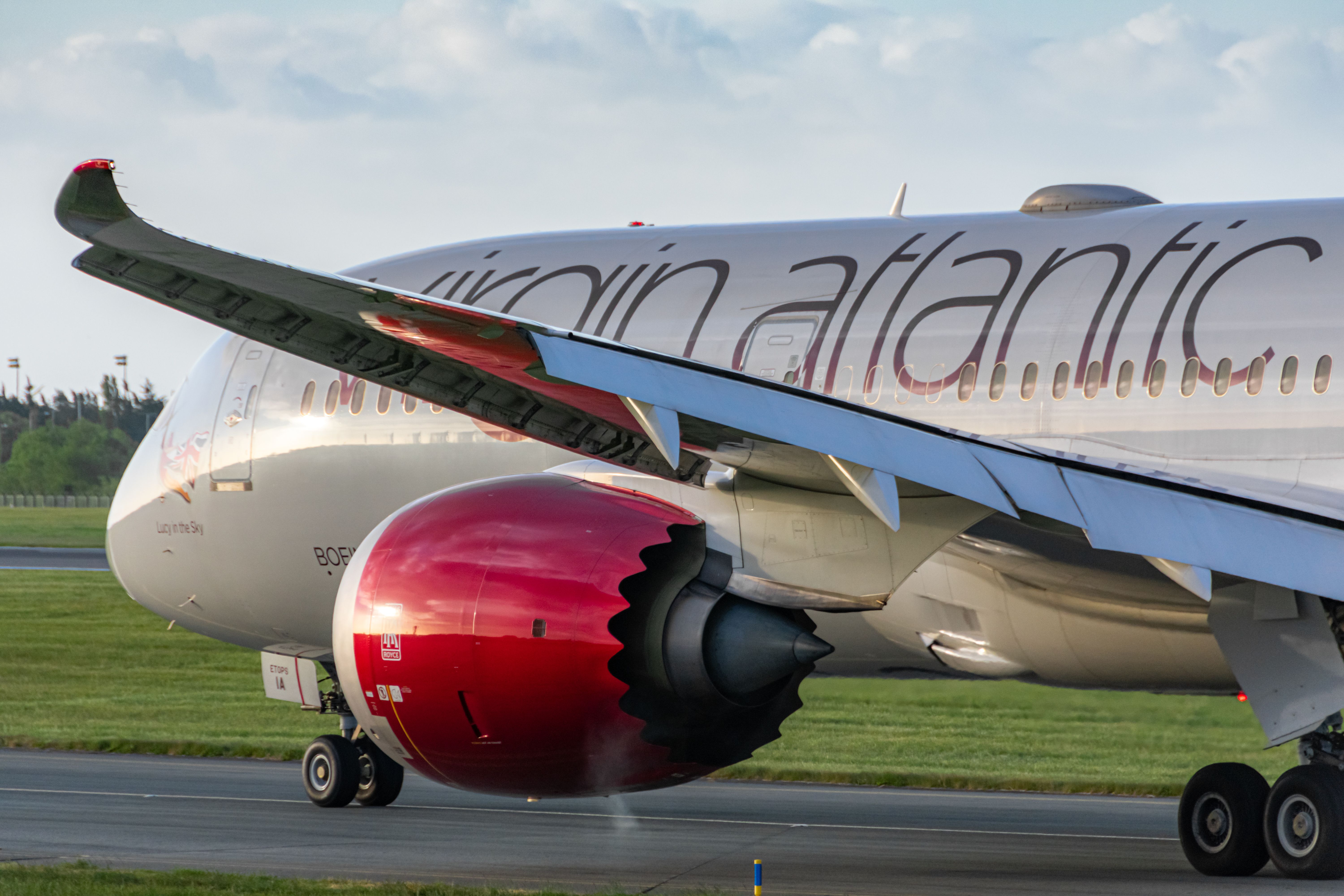
Economy To Premium Economy On Virgin Atlantic: Is The Upgrade Worth It?
Depending on your route, an upgrade might just make sense.These prices can seem high, given that premium economy is still a long way off the comfort of business class. In fact, depending on the flight, the price difference between premium economy and business class may not be that much compared to the significant increase in service and comfort offered between the two cabins.
Get all the latest aviation news right here on Simple Flying!
For example, a return flight with Qantas from Sydney Airport (SYD) to Singapore Changi Airport (SIN) in June will set you back $2,054 in premium economy or $3061 in business class - a difference of just over $1,000.
For loyalty program members, paying for premium economy in miles rather than in cash can make the upgrade seem more worthwhile. It is also important to remember that flying in premium economy often helps to accumulate more miles and tier points for members of the airline's loyalty program.
More space, but does that equal more comfort?
Although the product varies by airline, premium economy generally offers around 5-7 inches of extra legroom, more seat width and recline, and often a footrest. These features all make for a much more comfortable daytime flight than the same journey in economy class. However, sleeping on a long flight in premium economy can still be difficult and undoubtedly more difficult than in the lie-flat beds found in many airlines' long-haul business class cabins.
In most cabin configurations, the middle seat still exists in premium economy, so passengers looking for guaranteed direct aisle access may still need to splurge on business class. The armrests in premium economy are often fixed, too, unlike those in economy class, so those passengers lucky enough to get a whole row to themselves in economy class may actually be more comfortable and able to lie down than those in premium economy.
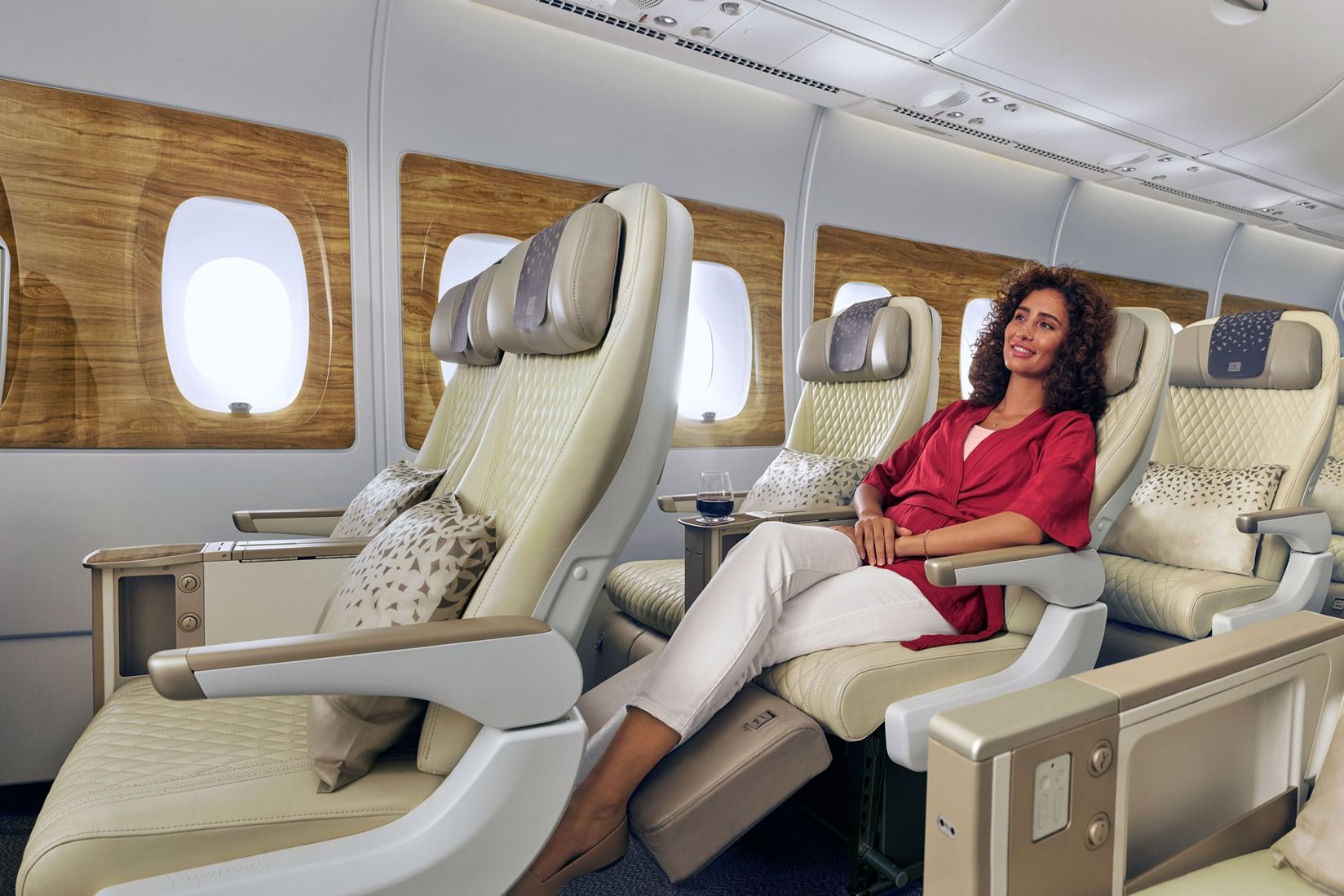
5 Of The Best Premium Economy Products In The World In 2024
These five airlines offer the best premium economy product in the skies today.Extra perks on the ground
An upgrade to premium economy is about much more than just a more comfortable seat. Passengers are able to take advantage of a number of perks on the ground, including:
- A dedicated check-in area
- Extra baggage allowance
- Priority boarding.
However, many of these are only relevant for those traveling with baggage. For passengers flying only with cabin baggage, this will make little difference to how much value for money they are getting from an upgrade to premium economy.
That said, one major disadvantage is that most airlines do not include lounge access in their premium economy offerings, meaning that eligible passengers may still need to pay to enter the airline's lounge or another of the pay-per-visit airport lounges. The exceptions to this are Japan Airlines and All Nippon Airways (ANA).
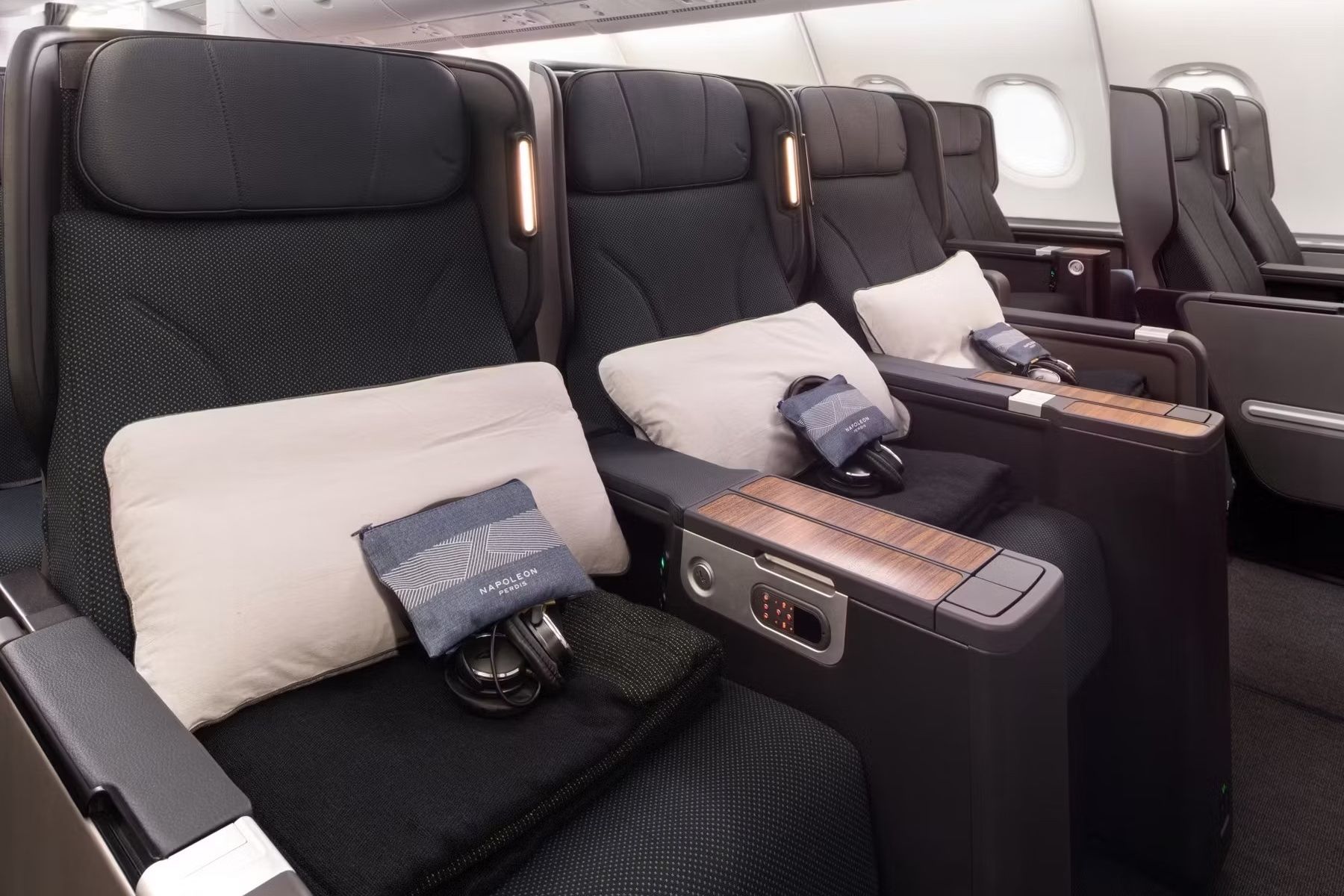
The Rise Of Premium Economy: Why Some Airlines Have Abandoned First Class
Cabin configurations have changed drastically over the past three decades.When considering the disadvantages of premium economy, much depends on the individual traveler's circumstances. Most passengers would undoubtedly welcome the extra comforts offered by premium economy, but considering the length of the flight and time of day may help decide if the upgrade, which is often not cheap, is worth it.
Premium economy can provide those traveling for a special occasion with a touch of luxury for their trip and can also be a viable alternative for those traveling on business but with a travel budget that does not stretch to business class. However, it is definitely worth checking the cost of a business class on the same flight, as it may not be that much more, but it has a significantly improved offering at every step of the journey.
What do you think of premium economy? Is it worth the extra money to upgrade? Which airlines have you flown within premium economy? Share your thoughts and experiences by commenting below.

